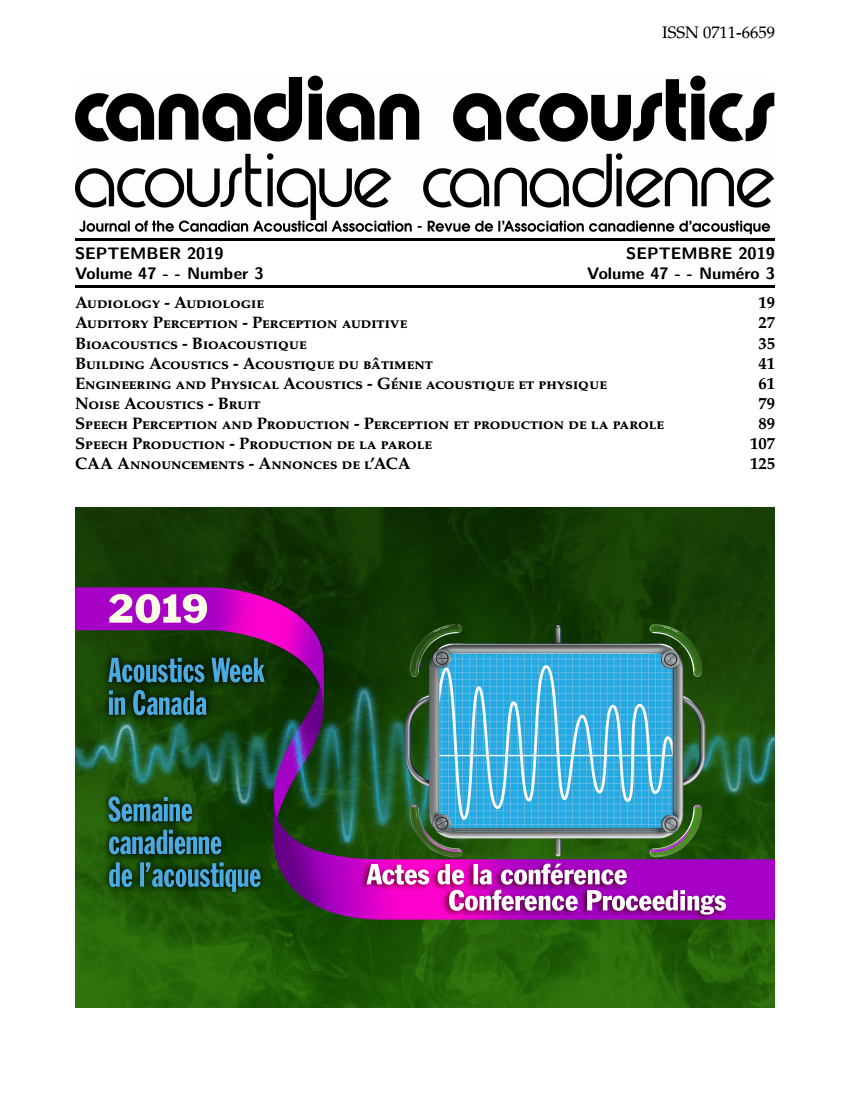Hearing Protection Performance Evaluation of Active Noise Reduction Headsets Under High Intensity Noise Levels
Abstract
High levels of noise within airborne or ground vehicles affect crew communication and prolonged exposure may lead to hearing-related damage if insufficient hearing protection is implemented. These acoustic environments are unique and varied based upon sources that generate tonal noise, broadband noise and impulsive noise.
One of the recommended solutions to mitigate the auditory risks of working in high noise intensity levels was to utilise hearing protectors with Active Noise Reduction (ANR) systems. Investigation was required in order to establish if performance degradation should be expected, the goal being to determine if further more comprehensive performance assessments would be required for hearing protectors with ANR.
In the present study, the four David Clark headset models e.g. 40600G-15, 40600G-20, 40750G-01 and H10-76XL were tested at various sound pressure levels such as 111 dB, 115 dB, 120 dB, 125 dB and 131 dB. As a result of this evaluation, it was observed that the performance of the four headset systems with ANR ON was repeatable and constant for noise excitation levels below 120dB.
However, as is demonstrated by the preliminary evaluation, the insertion loss performance of the four headsets with ANR systems ON, when exposed to unweighted overall sound pressure levels (OSPL) superior to 120dB, significantly degraded with each increasing noise level increment. It is also very important to mention that the passive hearing protection performance of the four headsets (ANR OFF) remained, as expected, consistent (no degradation observed) at all high intensity noise levels considered in this study.
It will be shown that the performance of the hearing protectors with ANR electronic systems has to be consistently evaluated at various noise levels in order to accurately assess their expected performance in real life mission environment for personnel exposure to high intensity noise levels above 120dB.Additional Files
Published
How to Cite
Issue
Section
License
Author Licensing Addendum
This Licensing Addendum ("Addendum") is entered into between the undersigned Author(s) and Canadian Acoustics journal published by the Canadian Acoustical Association (hereinafter referred to as the "Publisher"). The Author(s) and the Publisher agree as follows:
-
Retained Rights: The Author(s) retain(s) the following rights:
- The right to reproduce, distribute, and publicly display the Work on the Author's personal website or the website of the Author's institution.
- The right to use the Work in the Author's teaching activities and presentations.
- The right to include the Work in a compilation for the Author's personal use, not for sale.
-
Grant of License: The Author(s) grant(s) to the Publisher a worldwide exclusive license to publish, reproduce, distribute, and display the Work in Canadian Acoustics and any other formats and media deemed appropriate by the Publisher.
-
Attribution: The Publisher agrees to include proper attribution to the Author(s) in all publications and reproductions of the Work.
-
No Conflict: This Addendum is intended to be in harmony with, and not in conflict with, the terms and conditions of the original agreement entered into between the Author(s) and the Publisher.
-
Copyright Clause: Copyright on articles is held by the Author(s). The corresponding Author has the right to grant on behalf of all Authors and does grant on behalf of all Authors, a worldwide exclusive license to the Publisher and its licensees in perpetuity, in all forms, formats, and media (whether known now or created in the future), including but not limited to the rights to publish, reproduce, distribute, display, store, translate, create adaptations, reprints, include within collections, and create summaries, extracts, and/or abstracts of the Contribution.


